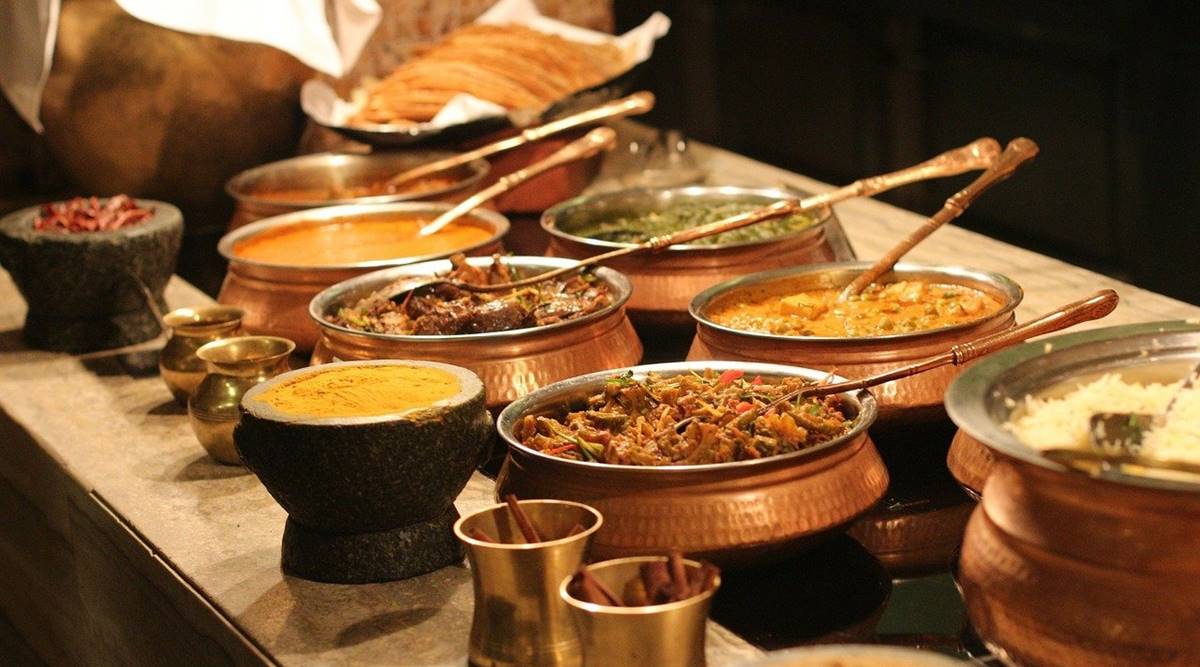noun
a small three-legged table or stand
What is the origin of teapoy?
Teapoy “a small three-legged table or stand” is adapted from Hindi tīpāi, with a spelling change likely because of the association with tea. Hindi tīpāi, however, is not related to tea; instead, tīpāi comes from Persian sipāya “three-legged stand.” The phonetic change from Persian s to Hindi t is due to a replacement of the Persian word for “three” with its Hindi cognate tīn, while the instrument sitar “a lute with a small, pear-shaped body” preserves this Persian numeral. Sipāya is a compound of Persian sē “three” and pāy “foot,” which are distant relatives of English three and foot, Latin trēs and pēs, Ancient Greek treîs and poús, and Sanskrit trí and pád. Teapoy was first recorded in English in the 1820s.
How is teapoy used?
a small three-legged table or stand
What is the origin of teapoy?
Teapoy “a small three-legged table or stand” is adapted from Hindi tīpāi, with a spelling change likely because of the association with tea. Hindi tīpāi, however, is not related to tea; instead, tīpāi comes from Persian sipāya “three-legged stand.” The phonetic change from Persian s to Hindi t is due to a replacement of the Persian word for “three” with its Hindi cognate tīn, while the instrument sitar “a lute with a small, pear-shaped body” preserves this Persian numeral. Sipāya is a compound of Persian sē “three” and pāy “foot,” which are distant relatives of English three and foot, Latin trēs and pēs, Ancient Greek treîs and poús, and Sanskrit trí and pád. Teapoy was first recorded in English in the 1820s.
How is teapoy used?
Infront of the fireplace were placed three cane stools with a long, low, mahogany teapoy. Richard often sat there, his pipe in hand and browsed through his books and ancient manuscripts. … On the long teapoy lay half-open books and periodicals. At one end of it stood a pipe stand with half a dozen pipes of different shapes and sizes hanging in it. The round lampshade over the teapoy had been so arranged that, switched on, the light fell only on the three cane stools and the teapoy, leaving the rest of the room in semi-darkness.
Khushwant Singh, Memories of Madness: Stories of 1947, 2002
There was a small wooden teapoy near the sofa, with an embroidered cross stitch tablecloth on it, with designs of Mistress Mary, quite contrary, watering her flowerbeds. Naomi had done it for her craft class in the ninth standard. A beautiful crystal vase, filled with wilting red roses stood on the teapoy. There were faded yellow half-curtains for the windows strung on taut springs. But the windows were shut.
Elizabeth Kottarem, “A Treat for the Orphans,” Mehbub Gulley: Short Stories from India, 2014
